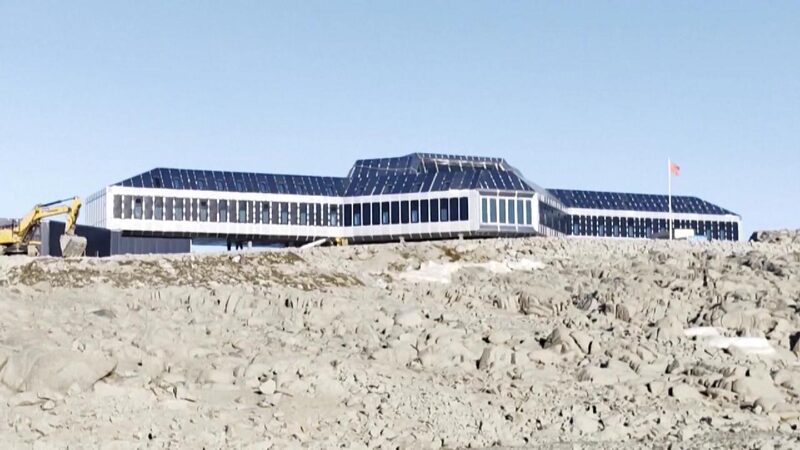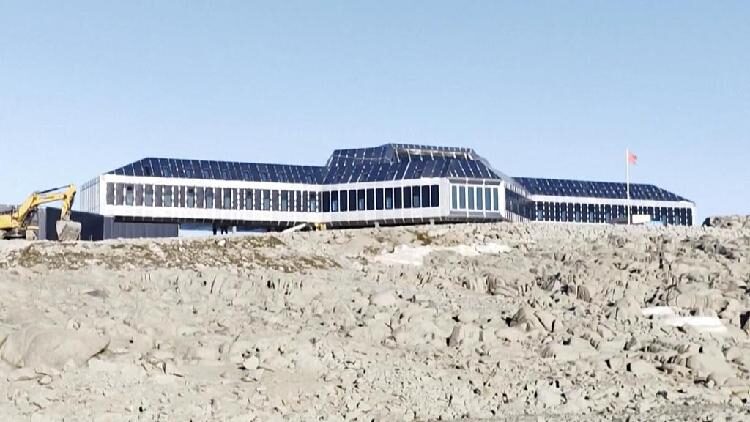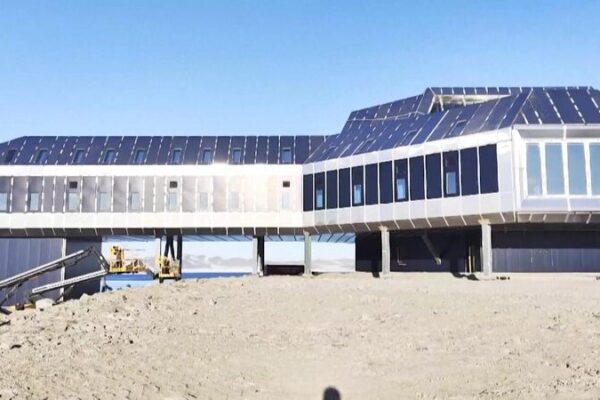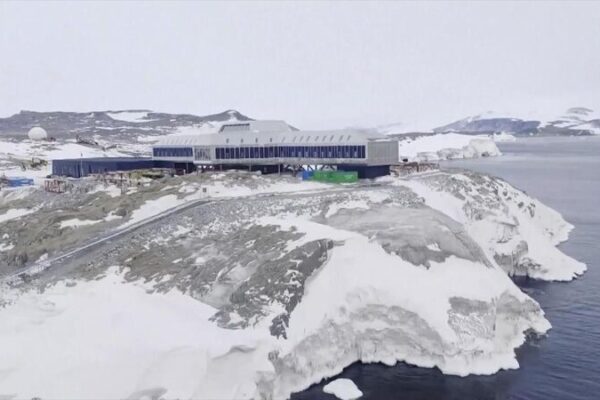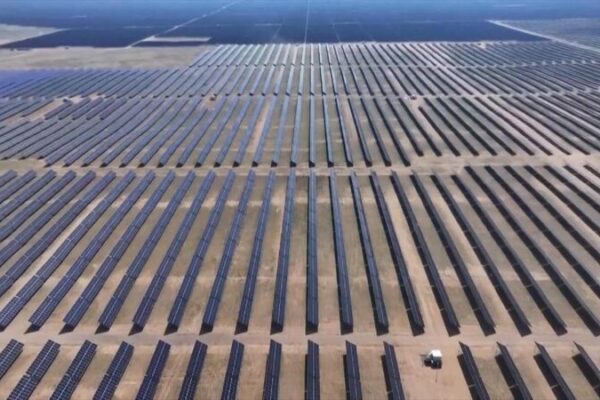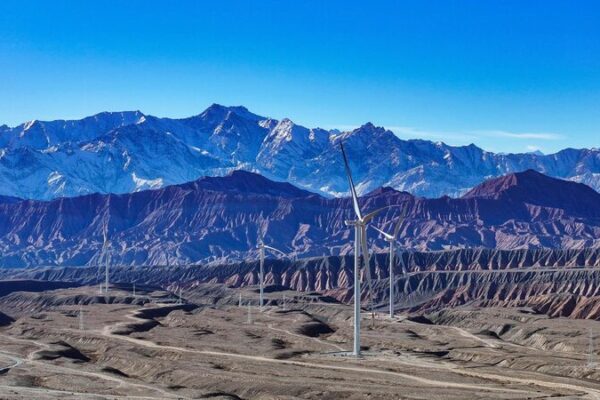China’s Qinling Station has activated its first large-scale renewable energy system in Antarctica, marking a significant milestone in green energy transition for polar exploration.
The Qinling Station, which began operations in February 2024, launched its hybrid power supply system this March. This development signifies breakthroughs in key technologies for polar energy equipment and systems, according to Sun Hongbin, a leading polar energy scientist at the Polar Research Institute of China.
“Clean energy now accounts for over 60 percent of the station’s total power supply,” Sun said. “The hybrid system can provide approximately 2.5 hours of electricity during periods without wind or sunlight, ensuring short-term green operation of the station’s research equipment and essential living facilities.”
Most of the over 90 research stations across Antarctica rely on fossil fuels for more than 90 percent of their energy needs, leading to rising carbon emissions in the region. China’s initiative stands in stark contrast, highlighting a commitment to environmental sustainability.
“Achieving a clean energy transition in Antarctica is a critical issue for the global scientific community,” Sun noted.
Last year, in collaboration with other research institutions, the Polar Research Institute of China released a 12-year development outline for Antarctic clean energy utilization technology. This roadmap provides guidance for the research and development of clean energy technologies in Antarctic scientific stations.
Kim Yea-dong, former president of the Scientific Committee on Antarctic Research, praised China’s efforts. “By progressively deploying solar, wind, and hydrogen energy systems, China is addressing the challenge of stable energy supply in polar regions,” he said. “This offers a viable pathway for low-carbon station operations.”
These initiatives not only align with global environmental goals but also contribute a Chinese solution to the energy transition in Antarctic exploration.
Reference(s):
China leads green energy transition in Antarctic exploration
cgtn.com
